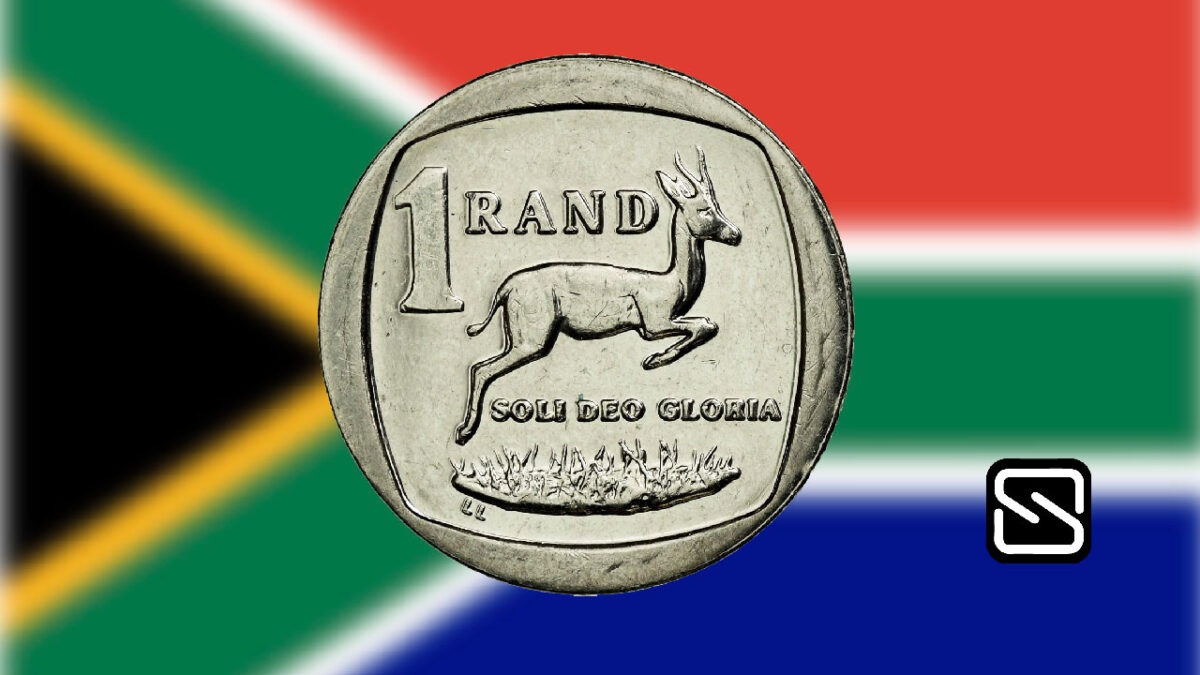The South African Central Bank is thinking about launching a digital rand that will help cut cross-border payments.
It costs 13% of a transaction to remit money from South Africa to another country, more than double the average of the Group of 20 (G20) leading global economies, according to a 2021 World Bank report. Additionally, sending money to South Africa costs 6.2%. The South African Reserve bank is studying how technology can be used to reduce such costs.
Some governments are considering introducing electronic versions of traditional currencies, known as central bank digital currencies (CBDCs), and are researching how the underlying technology could be utilized.
South Africa has experimented with a wholesale CBDC on a modest scale and engaged in a cross-border pilot with the central banks of Malaysia, Australia, and Singapore.
The next stage is for regulators to test the digital rand at a bigger scale and develop rules for its use.
“We’re still learning, we’re still experimenting,” South African Reserve Bank (SARB) Deputy Governor Kuben Naidoo said.
However, a Senior Central Bank official highlighted, “The digital rand in South Africa could cut the high cost of cross-border payments for banks but its introduction is still a few years away.”
Additionally, Naidoo told Reuters in an interview that regulation of crypto assets is in the offing and might come into force within 9 to 15 months.
Naidoo also added that the South African Reserve Bank wants regulation of crypto assets to prevent theft, money laundering, and undermining of monetary policy.
“If crypto-assets were to become a very ubiquitous currency, you could undermine the authority of the Central Bank,” he said.
